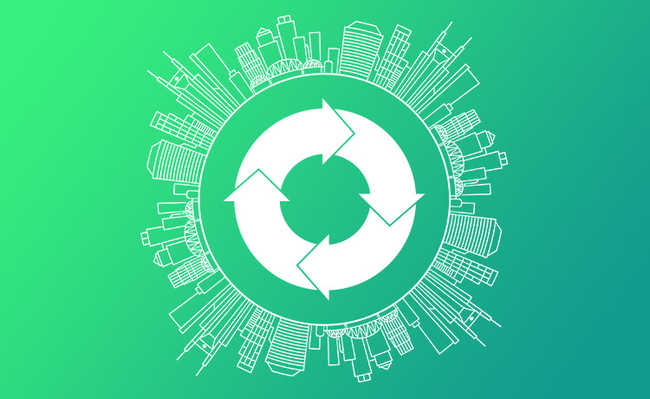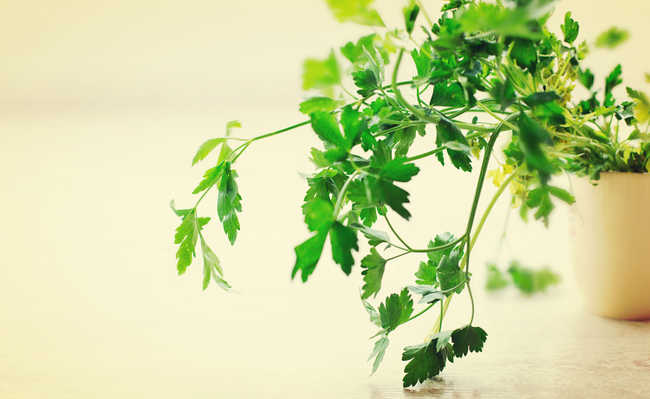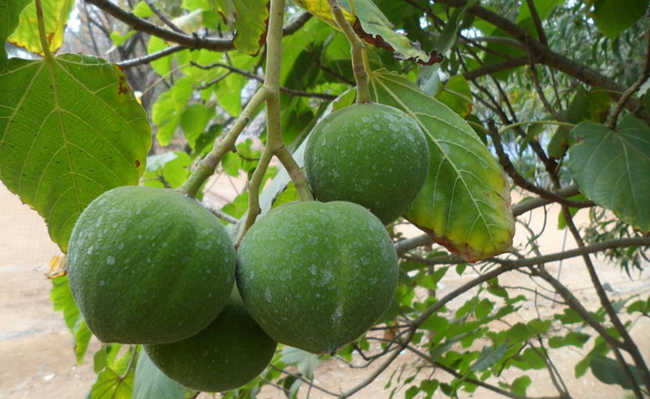How to recycle plastic cups
The disposable cup, usually made of plastic, takes hundreds of years to disappear into nature.

Image: Sagar Chaudhray on Unsplash
Plastic cups are functional, even better when reusable, something that is not always possible and disposable cups often come as a solution. The good news is that they are recyclable, so be sure to dispose of them consciously. O eCycle portal help you: see our search for disposal sites.
The big problem, in the case of the disposable cup, is that its practicality causes a huge amount of residues that are often incorrectly discarded. In addition, recycling disposable plastic cups is not economically viable, since they are light and generally discarded dirty, which makes their cleaning for recycling more expensive (in addition to using a lot of water).
- Disposable cup: impacts and alternatives
As the main icon of the disposable industry, the cup is present in many commercial establishments and events, ranging from children's parties and family gatherings to nightclubs and large events. As a result, the disposable cup has become one of the main environmental pollutants in the current context.
accumulation in nature
Industry data show that the problem is quite complex. We are talking about an estimated production of 96,000 tons of plastic cups every year, which involves approximately 10,000 direct jobs.
In practice, recycling is not economically viable. First, because the chemical compounds used as raw material for the production of disposable plastic cups, such as polystyrene, are extremely cheap. Second, because of the low price paid to cooperatives for a kilo of recyclable material, which is worth an average of R$ 0.20. A 200 ml plastic cup weighs approximately 2 grams, so it is necessary to add 500 cups to recycle one kilo of this material, a very high amount. Furthermore, if not compacted, this material can occupy a large area, causing damage to its storage.
Another difficulty is that plastic cups are almost always discarded dirty or molasses, after all, they are discarded soon after use, and these contaminated materials are not allowed to be recycled, as they can pose risks to the recycling process and to health. Washing them before disposal is also not a sustainable solution, since in addition to the use of water needed to wash the glasses, they would still lose their main practicality advantage. Not to mention the use of detergent, which has a significant impact on the environment.
Research indicates that this type of product takes hundreds of years to decompose naturally. But what happens when plastic cups reach nature? The first option is to stay in the soil in the process of decomposition, which can last around 200 years.
- How to reduce plastic waste in the world? Check out indispensable tips
Another common destination for this waste is the ocean. Currently, the amount of plastic in some regions is so large that specialists even claim that this type of material is already part of the composition of water.
The plastic, upon reaching the ocean, goes through a process in which small pieces, known as microplastics, break off and are swallowed by small marine beings, which end up dying. Microplastics also have the ability to absorb toxic chemical compounds, making them even more dangerous - learn about the problems caused by plastic in the oceans.

options
Due to the great difficulty of recycling plastic cups and the low economic interest of this practice, the idea of recycling plastic cups is very unfeasible in today's reality. Thus, the ideal is to reduce as much as possible the consumption of disposable cups. Whenever possible, prefer cups or cups that can be reused. Reusable bottles, such as aluminum or stainless steel, are also good alternatives.
Plastic cups are based on petroleum, which is a non-renewable source, so the use of other options are more environmentally friendly. At work or school, have a bottle or mug on your desk to sip your coffee or water and encourage your peers to do the same. If you're having a party at your house, why not use glass or even plastic cups that can be reused?
Another option is the biodegradable cups. The product can be made from natural materials and petroleum, but because they biodegrade, they have the potential to cause less environmental impact. Examples in this regard are corn or potato starch plastic and PLA (polylactic acid), derived from sugar fermentation. According to the manufacturers, the product disappears from nature within three months.
To drink your daily two liters of water, so recommended by doctors, you would need 16 cups of 125 milliliters every day. In a year, the number of cups used once would be approximately six thousand plastic cups, a very large amount for something that can easily be eliminated with a simple change of habit.










